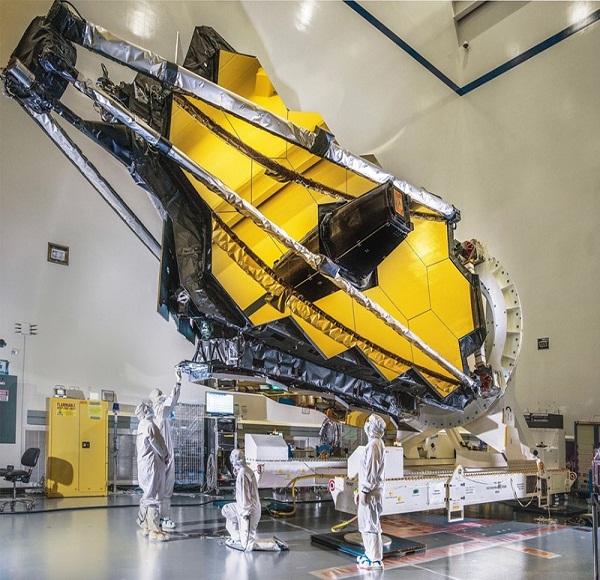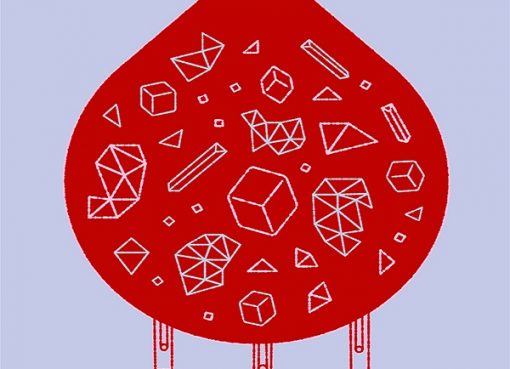Scientists may have to avoid pointing the James Webb Space Telescope (JWST) in certain directions too often to minimise the risk of damage from space rocks.
Last month, the telescope was unexpectedly hit by a large micrometeoroid, which hit one of the 18 segments of the JWST’s main mirror and caused significant damage. The collision forced the team to adjust the damaged mirror to compensate for data distortion, but Nasa warned that it was not possible to completely neutralise the effects of the impact.
In order to minimise the risks to the $9bn (£8.4bn) telescope and avoid further head-on collisions, Nasa is reportedly considering not pointing it in some directions where there is a higher presence of space rocks.
During the six-month period of instrument testing called commissioning, JWST was struck by at least six micrometeoroids, pieces of space dust that orbit the sun, usually smaller than a grain of sand, ranging in size from 10 microns to 2 mm.
Although this was an expected risk, the micrometeoroid that hit the telescope in June was larger than the team had prepared for and broke through the mirror’s protective coating, causing a small but noticeable defect.
Nonetheless, the damage to the telescope did not keep the device from capturing ‘Webb’s First Deep Field’, the “deepest” and most detailed picture of the cosmos to date, depicting a galaxy cluster called SMACS 0723 as it appeared 4.6 billion years ago.
JWST’s light-gathering ability is more than twice than that of Hubble and its size is bigger than two double-decker buses. Since the telescope instruments need to be cooled to -267°C, JWST orbits the Earth on the other side of the Moon, cloaked in its shadow, and protected from the Sun.
Launched on Christmas Day 2021, the $9bn James Webb Telescope is the largest and most powerful space science telescope ever launched, designed to give scientists a more detailed look at the start of the universe, the birth of stars, and possibly the origins of life.
In being careful with the positioning of the telescope, Nasa aims to ensure that JWST can continue its mission for many years to come, providing, as US President Joe Biden has predicted, “a new window into the history of our universe”.

Source: E&T










